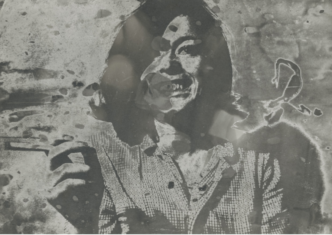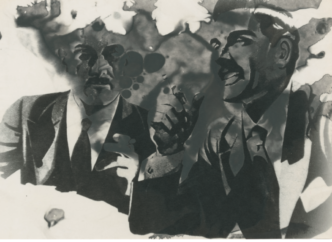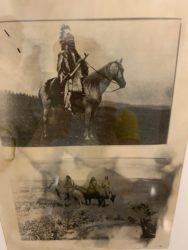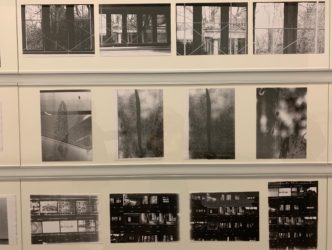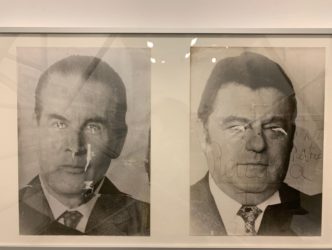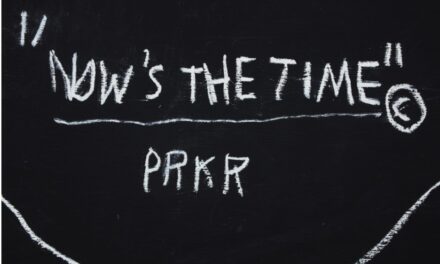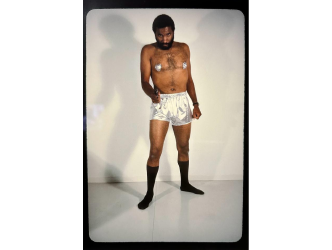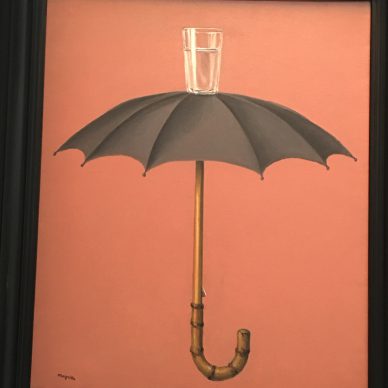Free spirit
The free-spirited and prolific Sigmar Polke (1941-2010), a great painter, was the subject of a retrospective at Moma in New York and at the Tate in London in 2014.
Palazzo Grassi
His work was also exhibited in 2016 at the Pinault Foundation’s Palazzo Grassi in Venice. (watch the report about it) On this occasion the co-curator Guy Tosatto stated: ‘Polke didn’t chase after exhibition projects. He didn’t answer the telephone. He didn’t give interviews. He didn’t leave behind writings. He wanted to be free of all commitments.’
His legacy
This is probably also why his legacy has taken so long to truly take shape. He is difficult to classify and difficult to understand.
Georg Polke
In order to get to the heart of the creation of this giant of 20th century painting, to best approach his work, you must visit a new exhibition dedicated to what his son Georg describes as “diaries”: his body of photographic work.
300 prints
300 prints made between the 1970s and 1986 are on display at Le Bal, the venue dedicated to photography in the area of Place de Clichy in Paris.
A basis for paintings
Polke used photographs as the basis for his paintings. But they also served as creations in themselves. He used photography to immortalize mundane moments as well as key episodes.
Always a camera around
“There were always cameras lying around on the table, that anybody could pick up,” explains Georg Polke, owner of the mass of images given to him by his father, which were once lost and found again only three years ago.
Take this shit
When he was asked about the words that accompanied this gift he answers, laughing: “He said to me: ‘take this shit. That way I won’t need to look after it myself anymore.’”
Black and white
The prints are all in black and white. The artist developed them himself. He played around with the chemistry of the products used to develop the film. Alchemy, one of his great obsessions, was in full play at this point.
Bernard Marcadé
French art historian Bernard Marcadé – the author of a remarkable biography on Marcel Duchamp and who is working on another on Francis Picabia – is overseeing the exhibition of this mass of photos. He says: “there is no hierarchy in these images, in which ‘family’ photos hang alongside self-portraits, snapshots, documents intended to be addressed later in paintings, graphic and chemical experiments, travel snaps, as well as pictures made under the influence of drugs.”
He concludes: “Polke had an insatiable appetite for images.”
Until 22 December. www.le-bal.fr.
A remarkable catalogue is being published on this occasion: Les infamies photographiques de Sigmar Polke. Le Bal. Roma Publications, Amsterdam.
Support independent news on art.
Your contribution : Make a monthly commitment to support JB Reports or a one off contribution as and when you feel like it. Choose the option that suits you best.
Need to cancel a recurring donation? Please go here.
The donation is considered to be a subscription for a fee set by the donor and for a duration also set by the donor.

